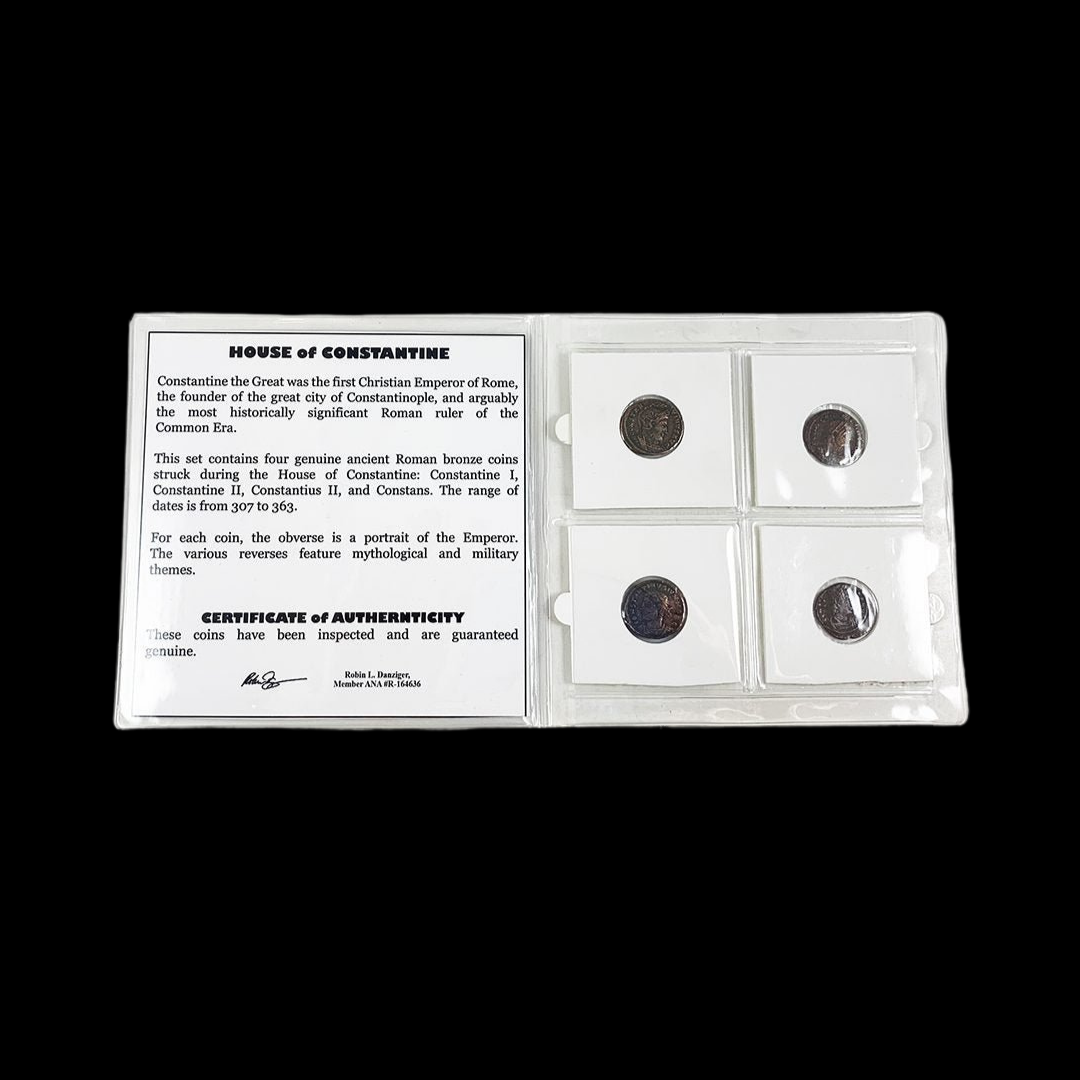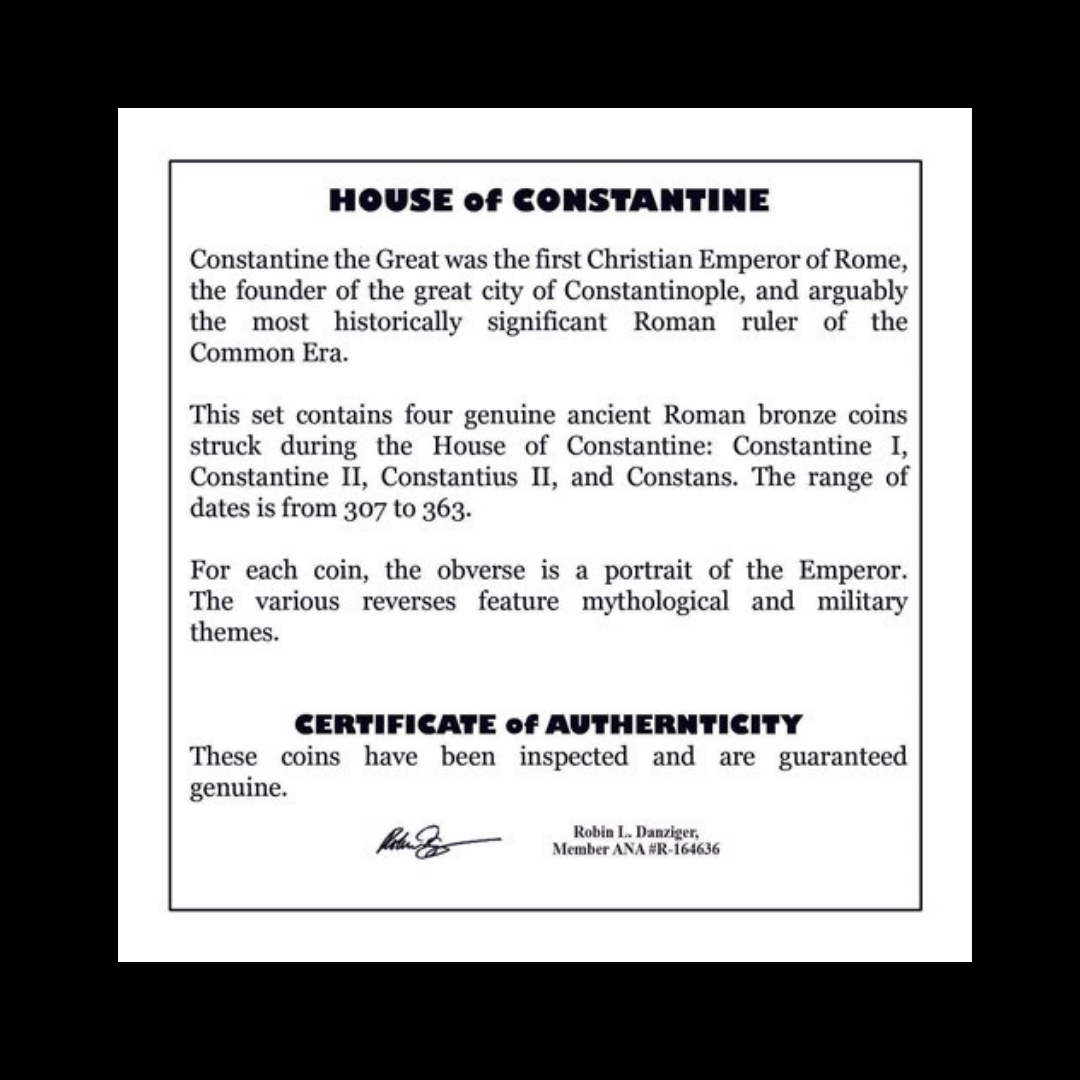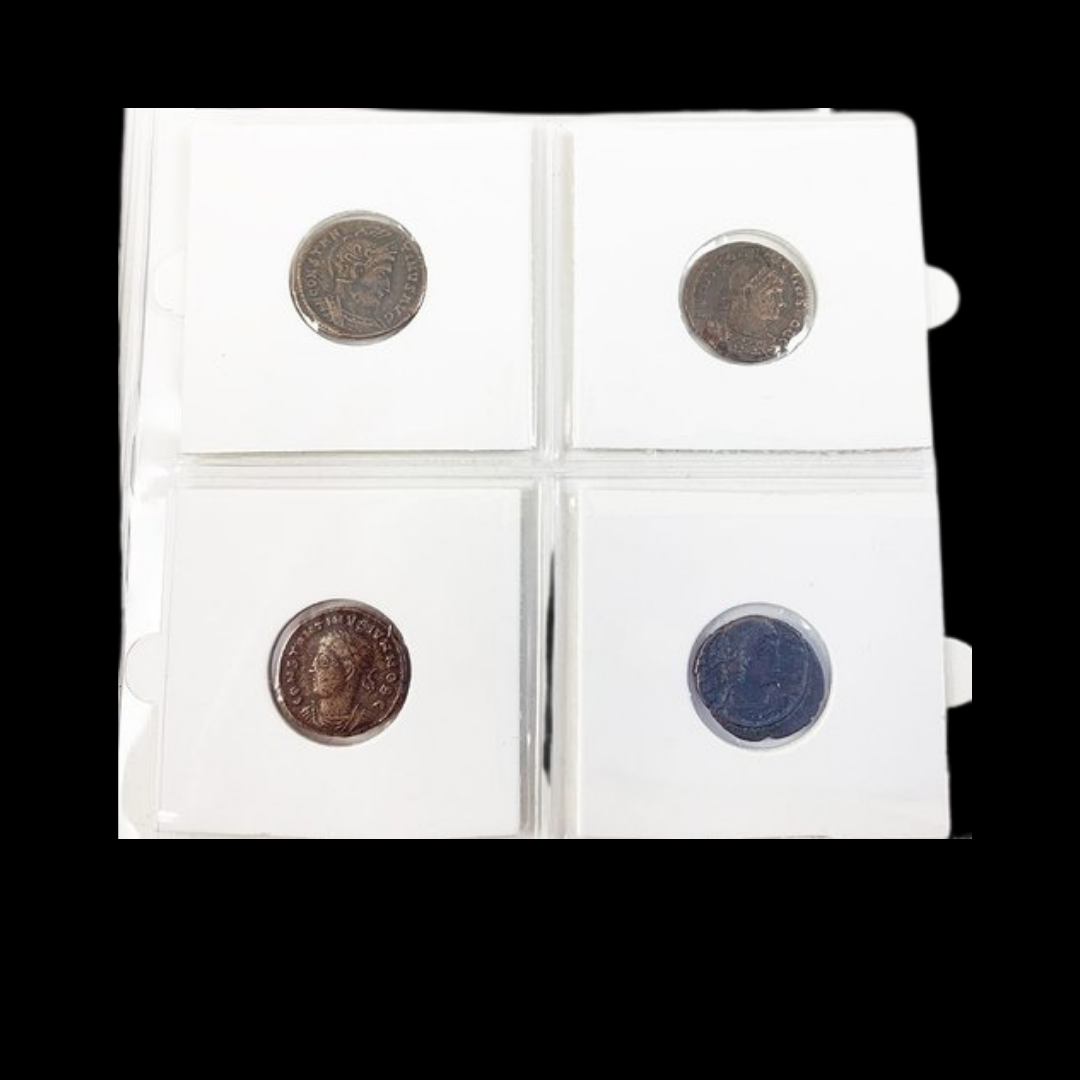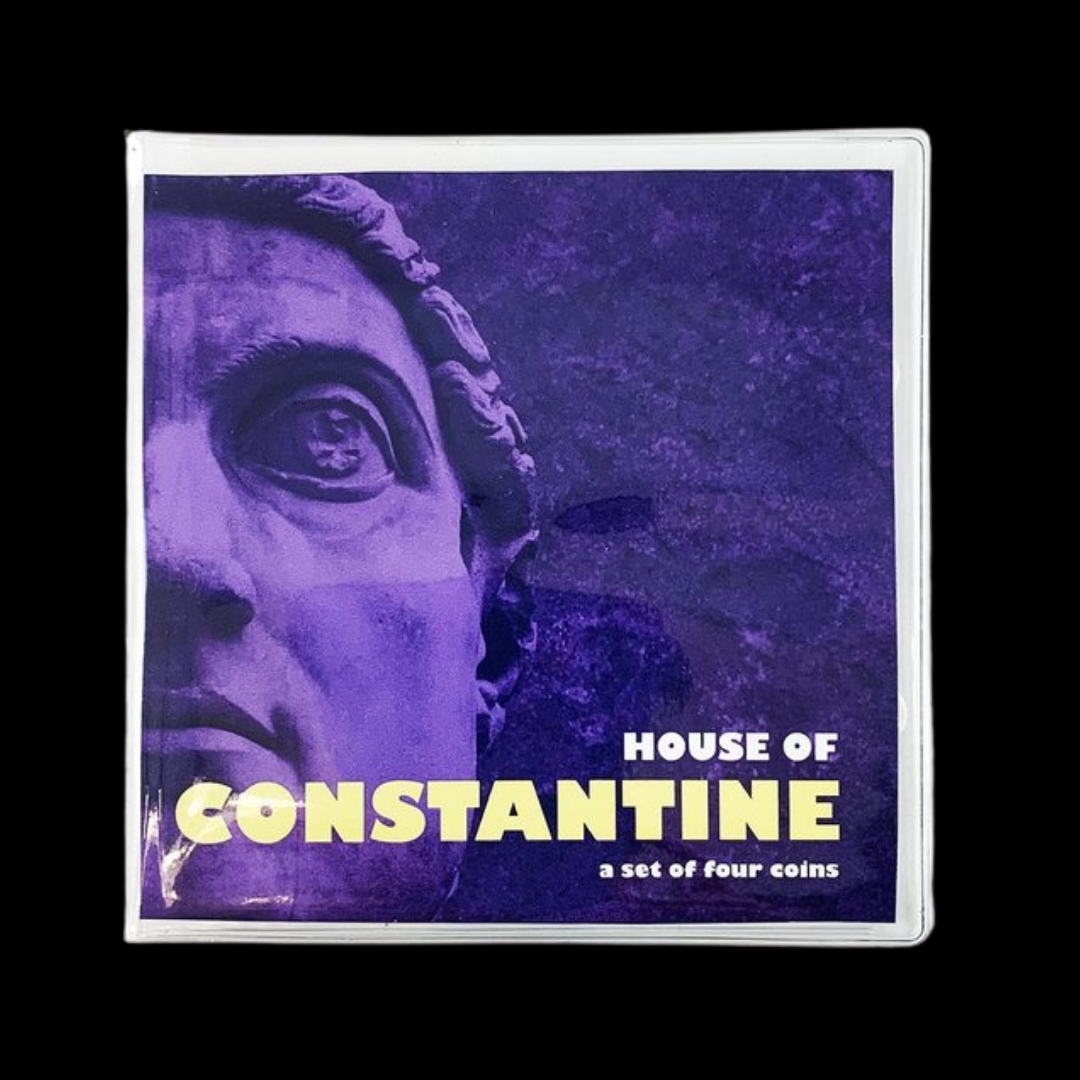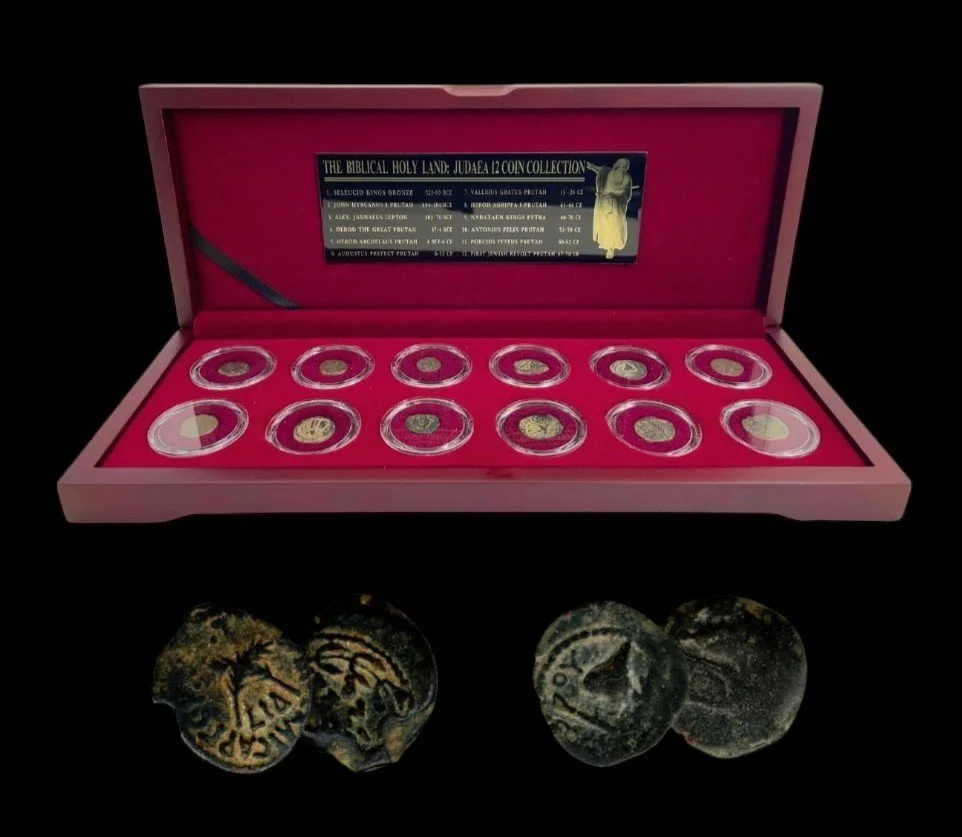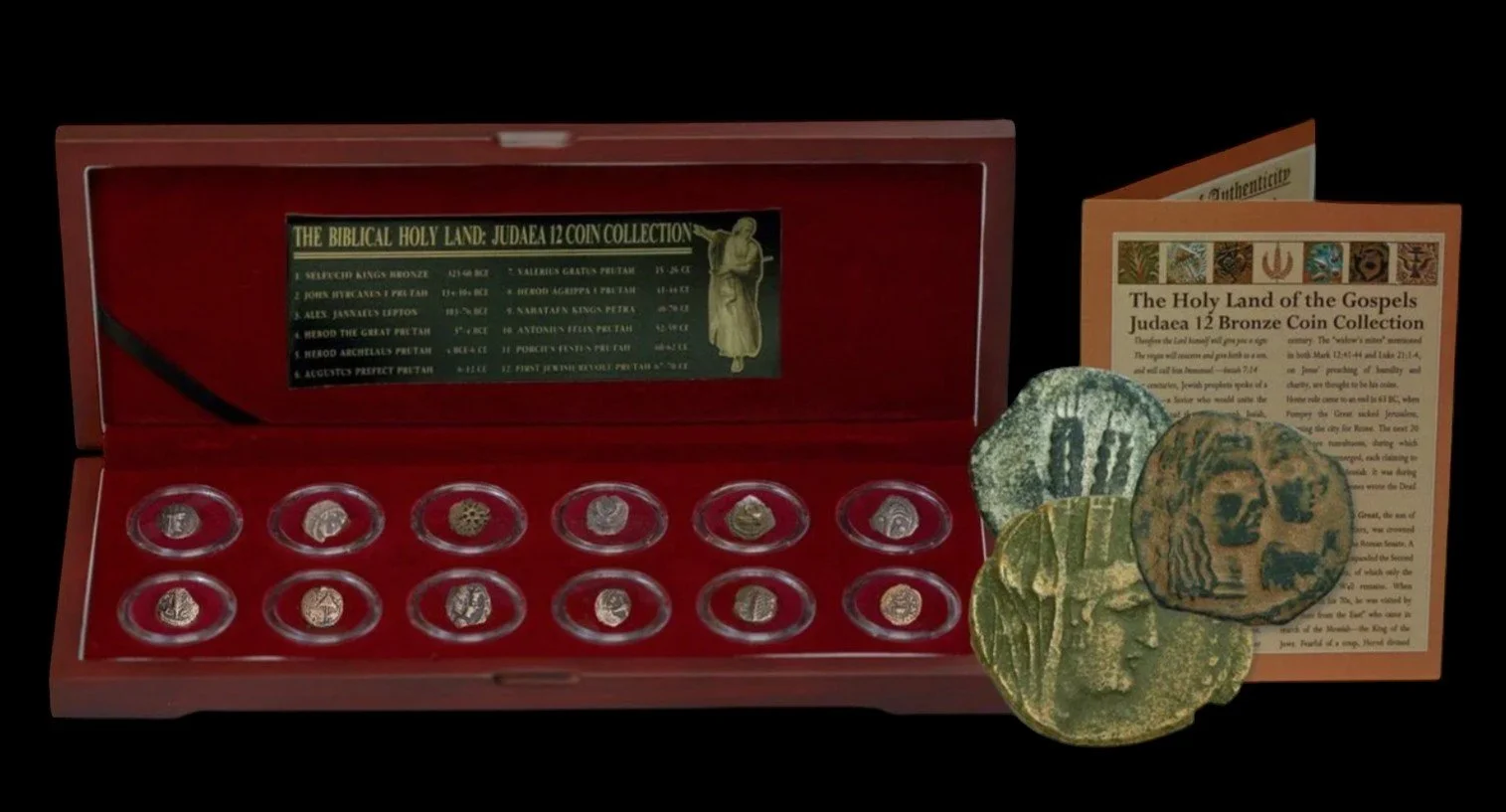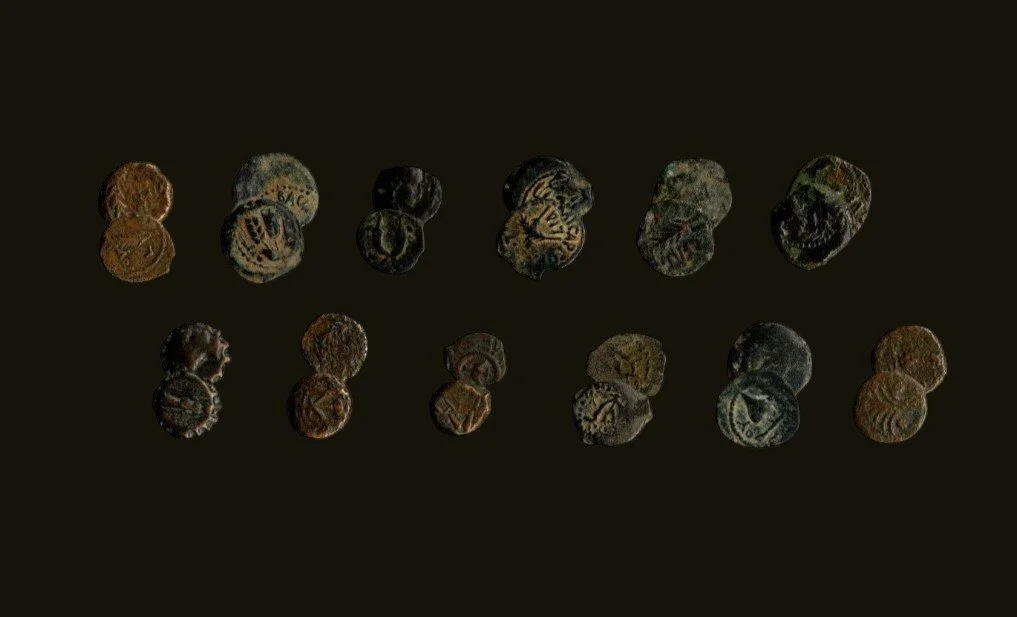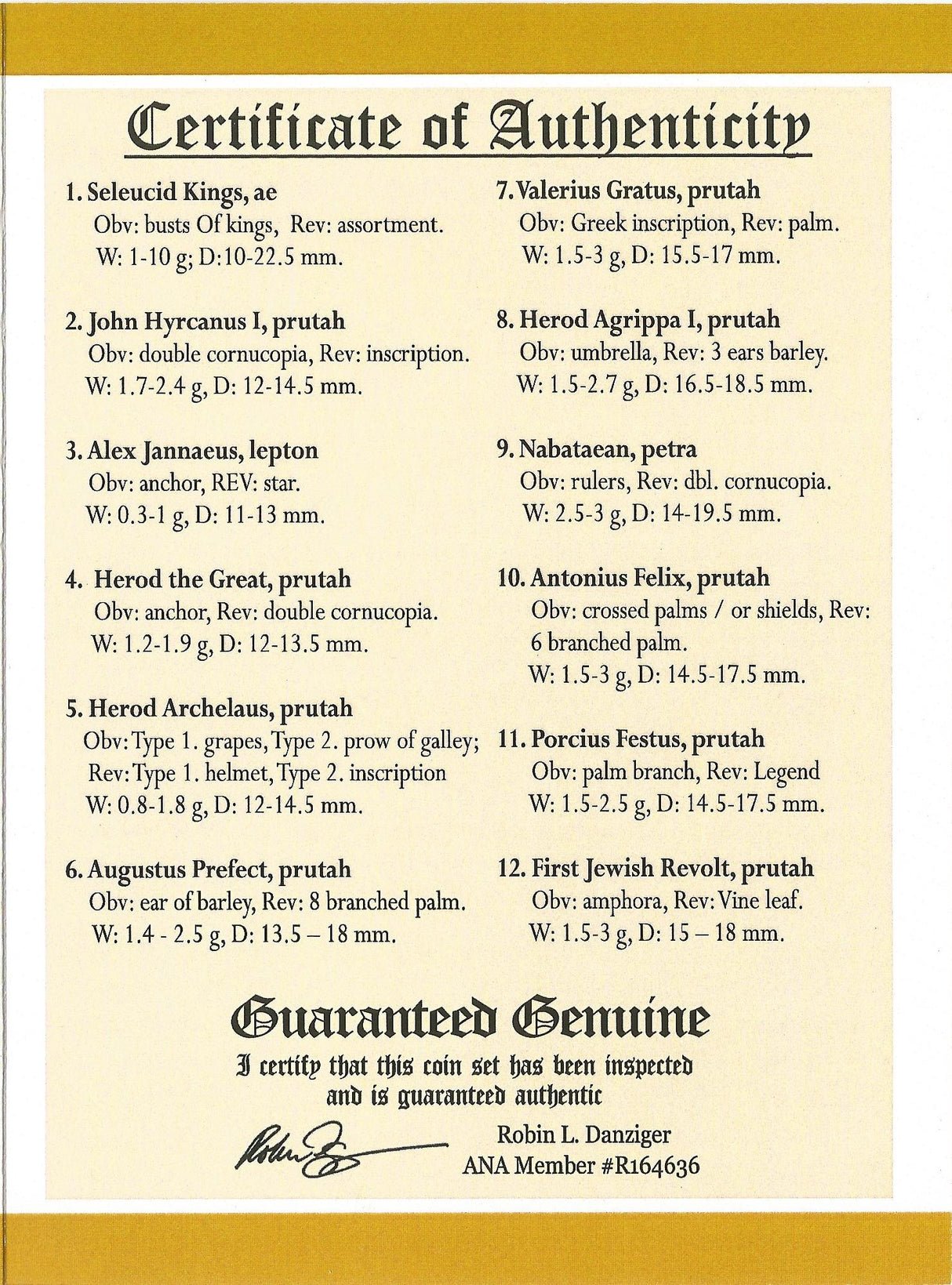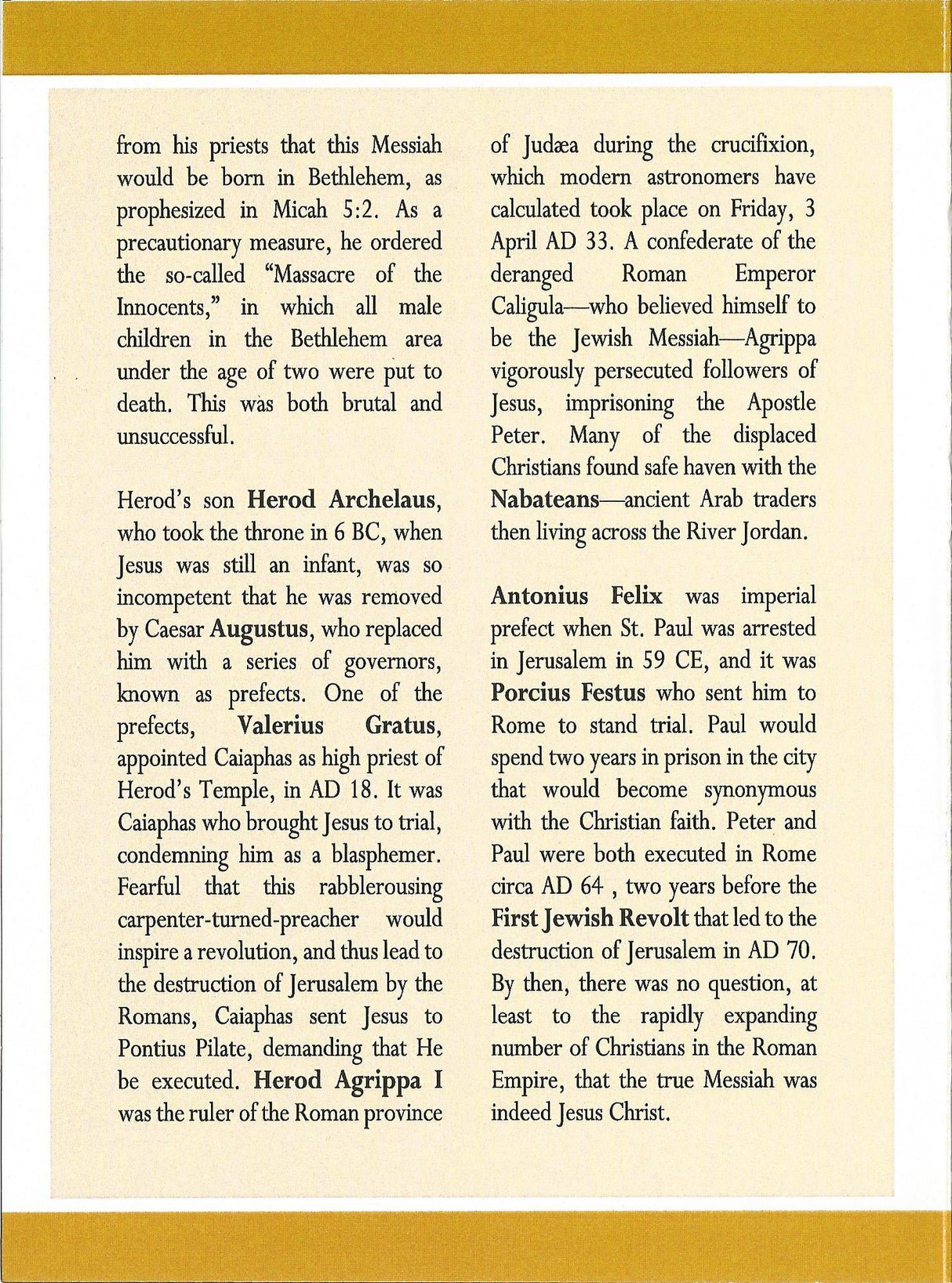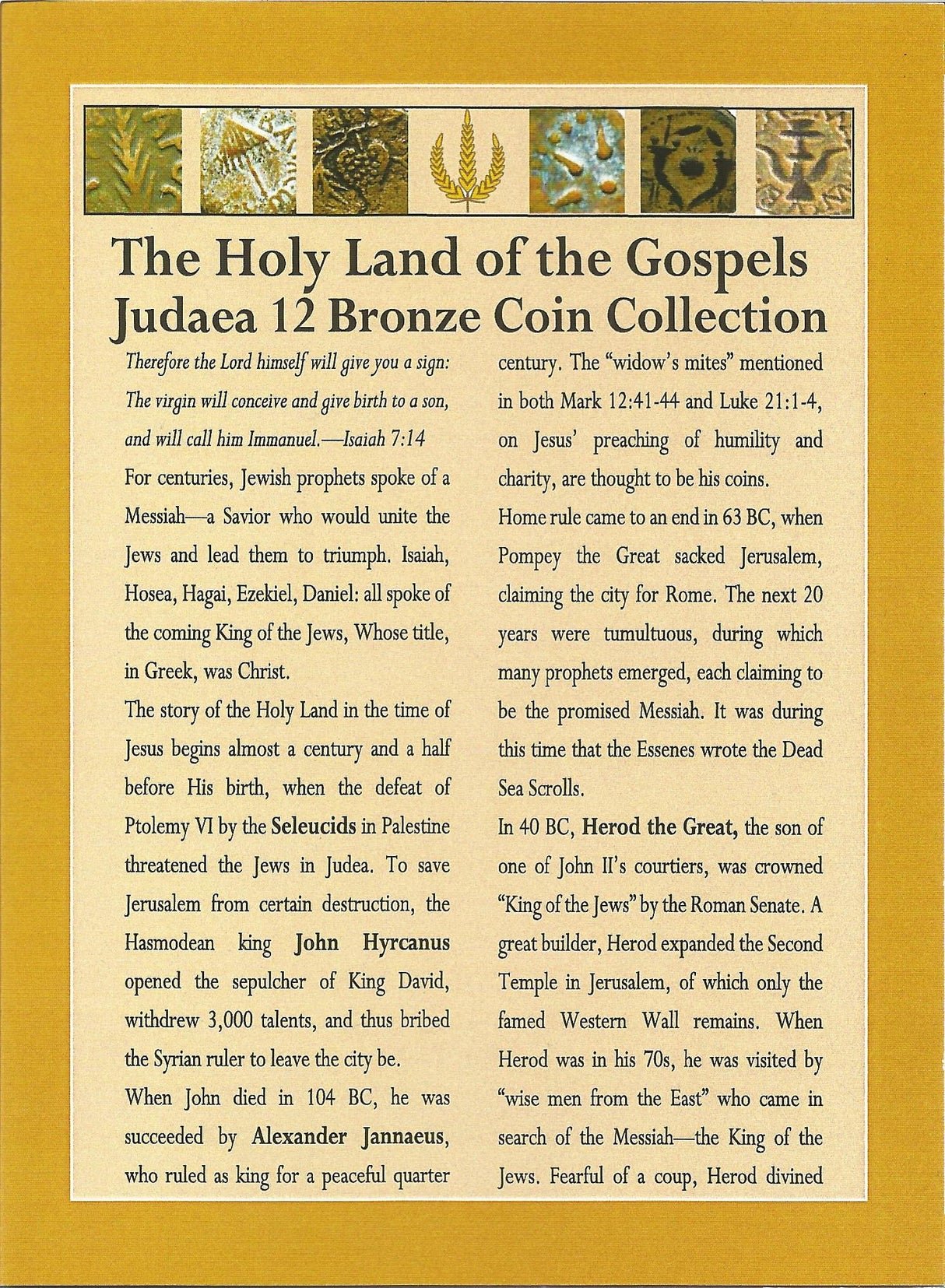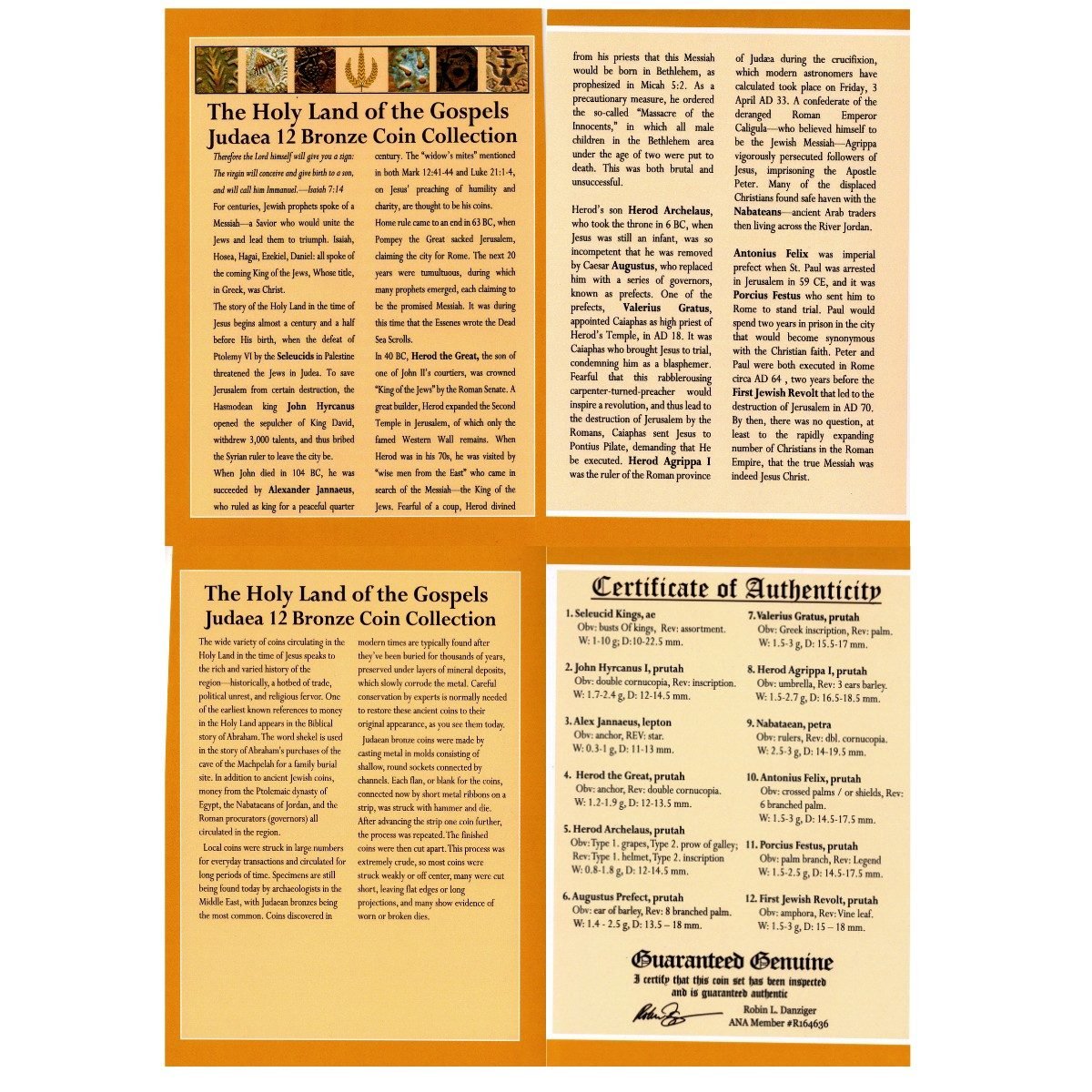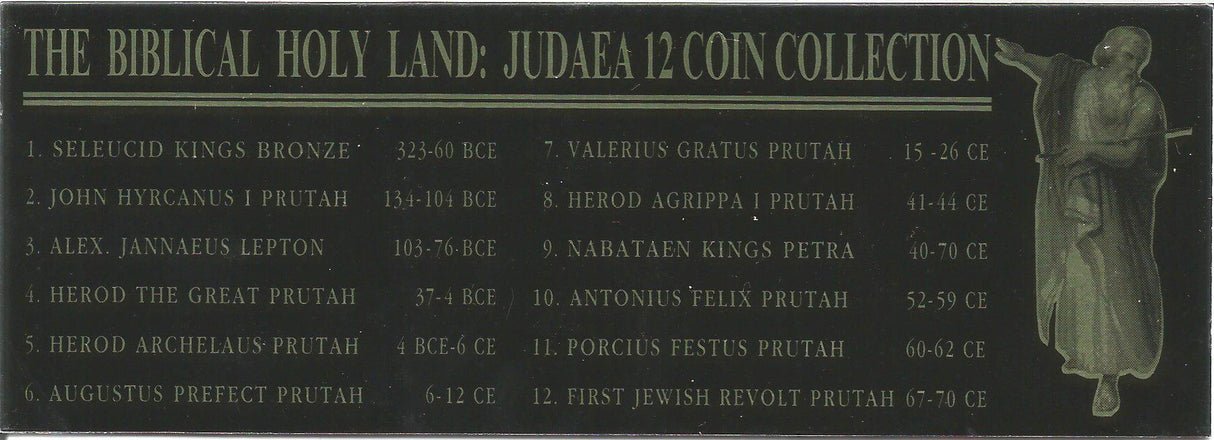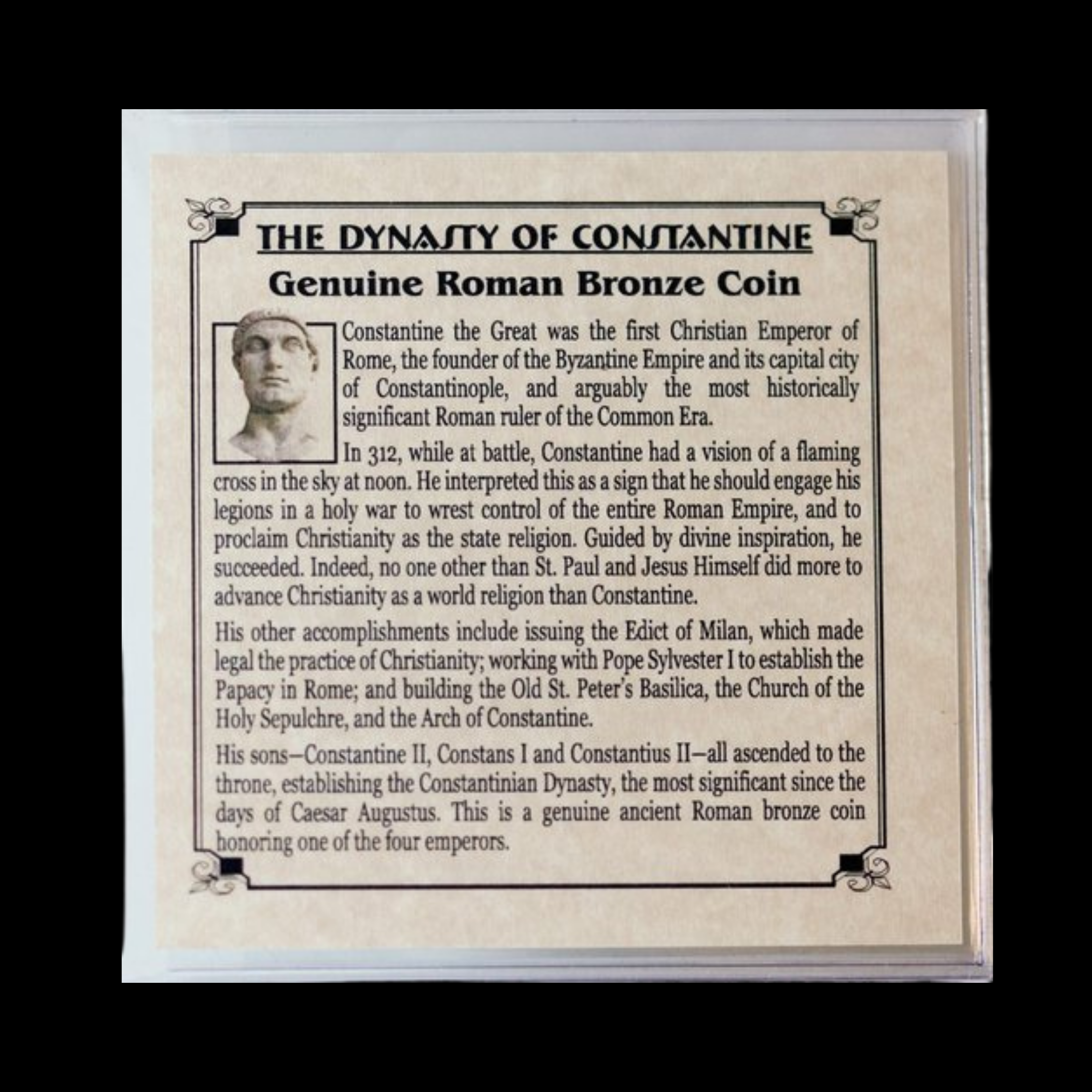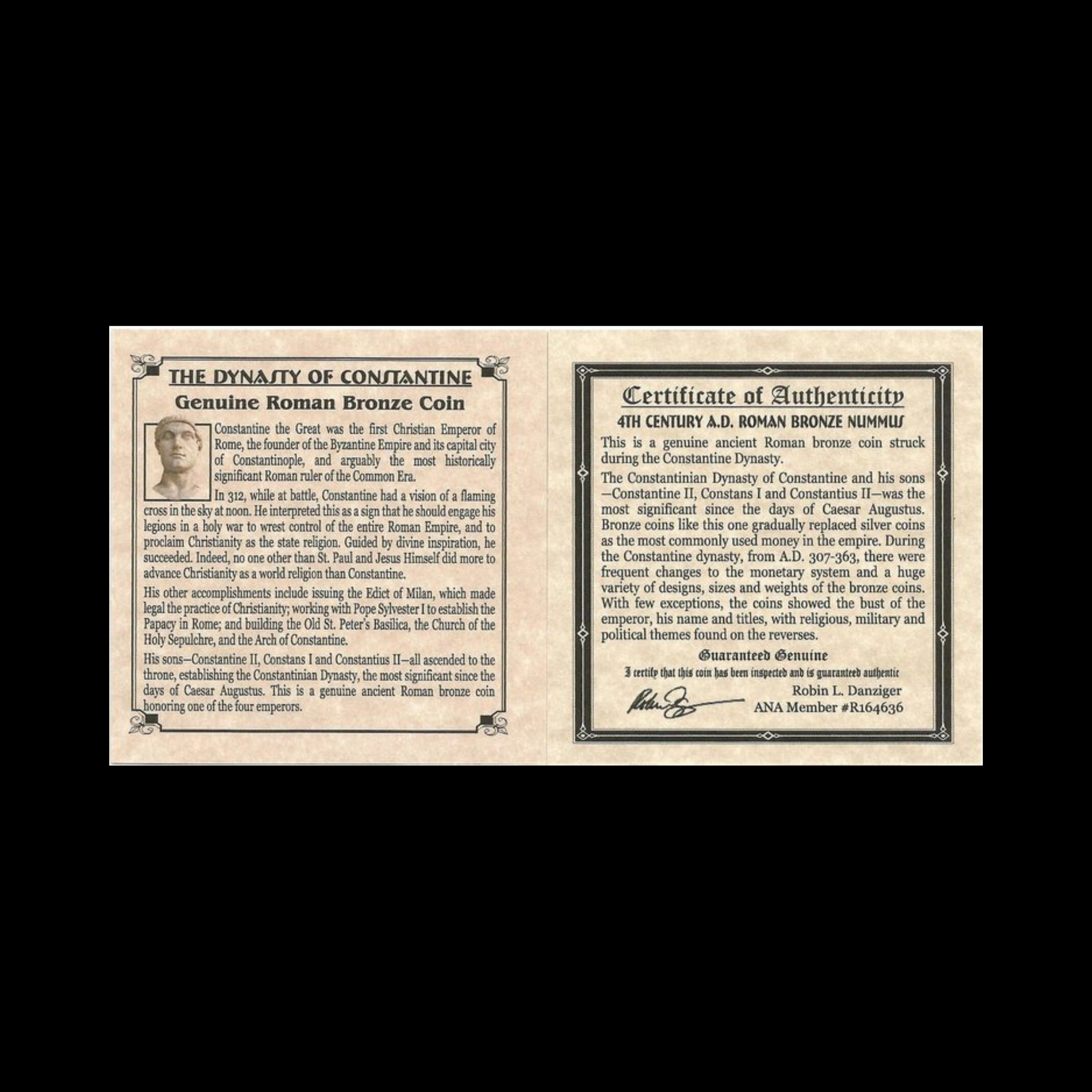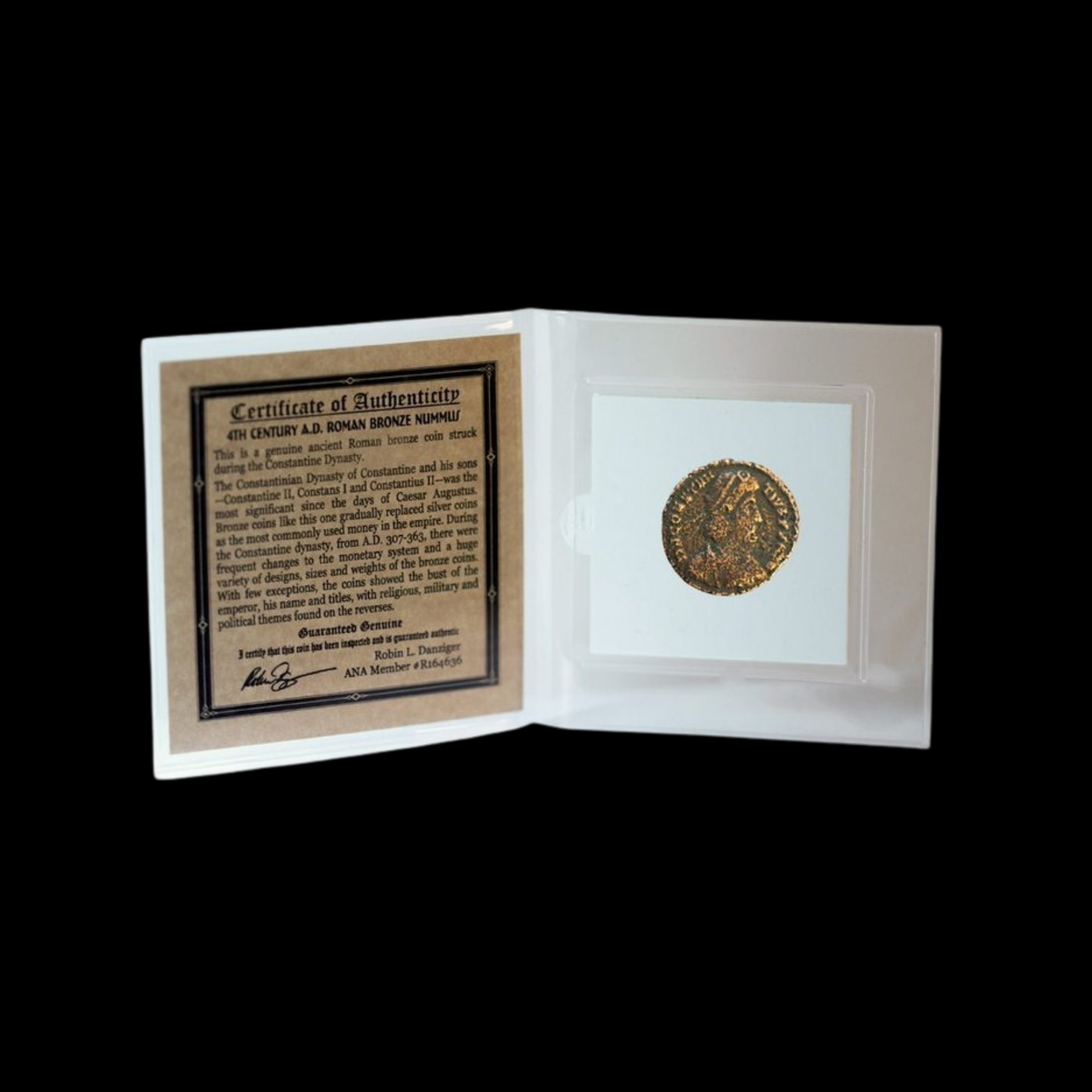 Image 1 of 12
Image 1 of 12

 Image 2 of 12
Image 2 of 12

 Image 3 of 12
Image 3 of 12

 Image 4 of 12
Image 4 of 12

 Image 5 of 12
Image 5 of 12

 Image 6 of 12
Image 6 of 12

 Image 7 of 12
Image 7 of 12

 Image 8 of 12
Image 8 of 12

 Image 9 of 12
Image 9 of 12

 Image 10 of 12
Image 10 of 12

 Image 11 of 12
Image 11 of 12

 Image 12 of 12
Image 12 of 12













House of Constantine: Collection of Four NGC-Certified Roman Bronze Coins (about 1680-1700 years ago)
This premium collection features four genuine ancient Roman bronze coins representing Constantine the Great and his three sons: Constantine I (the Great), Constantine II, Constantius II, and Constans.
Technical Details:
Format: Four-coin box with NGC certification
Box ID: CONSTDYN4SLAB-BOX
Material: Bronze Condition: All certified VF (Very Fine) by NGC
Historical Significance: This collection focuses specifically on the father-son relationship that defined the core of the Constantinian dynasty. Constantine the Great's decision to divide imperial power among his three surviving sons created a complex dynastic system that shaped Roman politics for decades. Each coin features a portrait of the respective emperor on the obverse, with reverses displaying various mythological and military themes that communicated imperial values and achievements. These professionally authenticated coins provide tangible connections to one of history's most influential ruling families, whose policies transformed the Roman world and established foundations for medieval European civilization.
This premium collection features four genuine ancient Roman bronze coins representing Constantine the Great and his three sons: Constantine I (the Great), Constantine II, Constantius II, and Constans.
Technical Details:
Format: Four-coin box with NGC certification
Box ID: CONSTDYN4SLAB-BOX
Material: Bronze Condition: All certified VF (Very Fine) by NGC
Historical Significance: This collection focuses specifically on the father-son relationship that defined the core of the Constantinian dynasty. Constantine the Great's decision to divide imperial power among his three surviving sons created a complex dynastic system that shaped Roman politics for decades. Each coin features a portrait of the respective emperor on the obverse, with reverses displaying various mythological and military themes that communicated imperial values and achievements. These professionally authenticated coins provide tangible connections to one of history's most influential ruling families, whose policies transformed the Roman world and established foundations for medieval European civilization.


